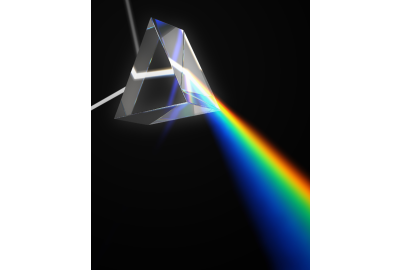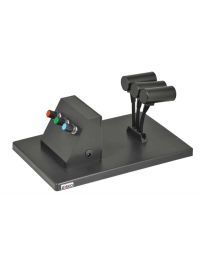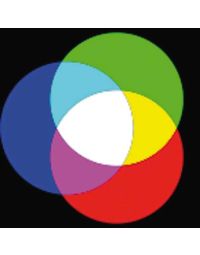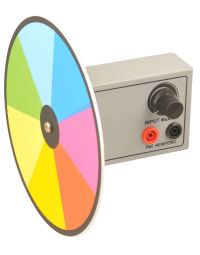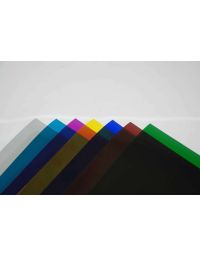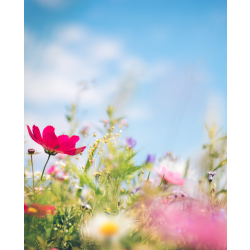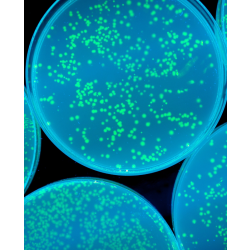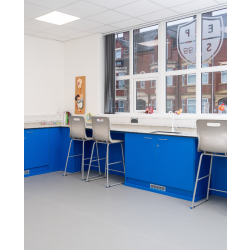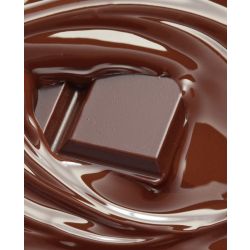

Our eyes are able to perceive different colours within the visible spectrum of light.
White light is made of a mix of many different wavelengths of light, visible to our eyes as different colours (when the white light is split into those wavelengths through a prism).
(see our refraction of light blog for more on prisms here)
The visible spectrum is made of 7 different colours of light, i.e., 7 different wavelengths of light. The longest wavelengths that we can see are red, the shortest is violet at the other end of the spectrum. Some other animals can see the ultraviolet (UV) and infra-red (IR) parts of the spectrum.
Butterflies for example can see ultraviolet markings on other butterflies; reindeer, dogs, cats, and many mammals other than us can also detect UV (possibly perceived as a deeper blue rather than a distinct colour – this is because of the different receptor shape in their eyes). IR can be detected by vampire bats as well as some snake and beetle species. We can detect both UV and IR but only with specialist equipment.


So, we know that white light is made up of many different colours, but what happens when light falls on surfaces? Why do we perceive the colours of objects that we do?
- This has to do with the absorption and reflection of different wavelengths (colours) of light:
- There are 2 colour palettes that we can see: primary and secondary colours.
- Primary colours are those that cannot be split any further and these are red, green, and blue.
- Mixing these colours of light will give white light (the presence of all the wavelengths of light).


When (white) light reaches an object, the object will absorb some wavelengths of light and reflect others. The reflected light is what our eyes perceive.


What Will you See if a Secondary Colour is Reflected Onto a Coloured Object?
For example: shining a yellow light onto a magenta block


- The yellow light consists of both red and green light, so these wavelengths will reach the object.
- The magenta block will absorb the green part of the light and reflect the red back.
- There being no blue light to reflect (because it didn’t arrive), the object will appear to be red in colour.
Filters
Coloured filters are used extensively in the theatre industry, to affect the light colour appearing on stage.
A filter (coloured acetate sheet) will transmit light of its own colour. This is essentially the same as for solid objects, but being transparent we say they transmit rather than reflect light.
So red filters will absorb all colours apart from red and will transmit red (so you will see red light).


White light through a secondary colour filter works in the same way. For example, white light shining onto a cyan filter will allow blue and green wavelengths through thus making the colour cyan, to our eyes.
A secondary colour on a secondary coloured filter will appear as a different colour (in the same way as the blocks). So cyan light shining on a yellow filter appears green:


Fun fact: As an object's temperature increases, the energy it radiates is dominated by the shorter wavelengths of the spectrum. The sun has been measured at roughly 5,500°C and appears yellow. If the temperature increased it would appear bluer (more of the short wavelengths produced). If it lost temperature it would appear redder (longer wavelengths).
Paint Colours
If we mix paint colours red, blue, and green, we do NOT get white.
The reason for this is that we are overlaying different (solid) colours, and so various light wavelengths are absorbed as they pass through the paint layers


Mixing green and red paint makes 'black'


Mixing yellow and magenta paint makes red



